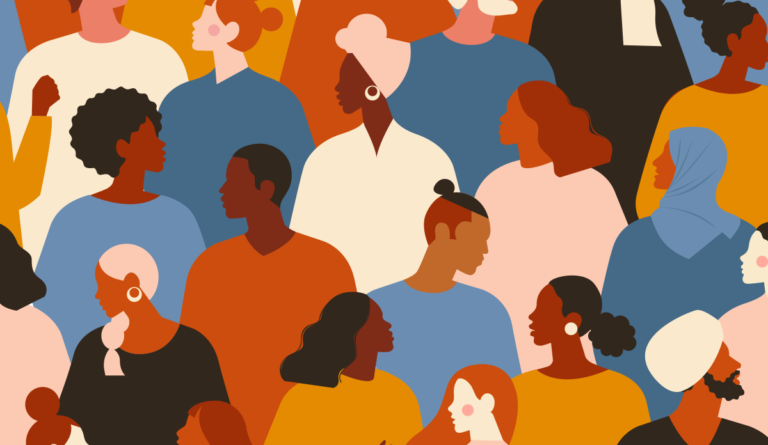Who Bears the Weight of Covid-19?
The current CDC methodology erases a key mechanism through which structural racism operates: social and spatial segregation.

Read Time: 4 minutes
Published:
“If we do not know how to meaningfully talk about racism, our actions will move in misleading directions.” ― Angela Y. Davis, Freedom Is a Constant Struggle
Earlier this year, Mr. Avik Roy, president of the Foundation for Research on Equal Opportunity, testified before the US House Energy and Commerce Subcommittee on Health in a session on Covid-19 racial inequalities. Citing data from the Centers for Disease Control and Prevention (CDC), he argued that “whites and Blacks are both overrepresented in their share of Covid-19 deaths.” In the same session, pediatrician and expert in racial health disparities, Dr. Rhea Boyd, highlighted the disproportionate impacts of Covid-19 among Black, Asian, Latinx, Indigenous, and Native Hawaiian and other Pacific Islander populations, not including white individuals. She, too, drew on CDC health disparities data to support her argument.
Their disagreement is consequential: the decisions of the Subcommittee influence legislation on public and private insurance, public health, and quarantine. So, how did two experts citing the same data come to such diametrically opposed conclusions?
The way CDC presents data on racial and ethnic disparities in Covid-19 mortality is misleading. To track disparities, the CDC publishes the racial and ethnic breakdown of individuals who died of Covid-19 to be compared with the racial and ethnic distribution of the US population. However, CDC shows two distinct reference populations, one being the population from the US census, and the other a weighted population that CDC constructs by weighting counties with high Covid-19 mortality more heavily than other counties.
To truly assess health disparities, it is crucial to compare the racial distribution of deaths against the racial distribution in the true US population as recorded in the census.
According to the CDC, the weighted population is shown to account for the fact that “certain race and ethnicity groups may be found in higher proportions in areas where there have been more Covid-19 cases and deaths.” By re-weighting the population, the CDC allows users of the data to compare the racial breakdown of Covid-19 deaths to the racial make-up of the counties that have been hardest hit. ButBlack people are more likely to live in these areas than white people. As a result when one compares the racial make-up of Covid-19 deaths to the racial make-up of the weighted population it seems as if Covid-19 has had a disproportionate impact among white people and less so among Black people.
But this analytic approach ignores that the risk of acquiring Covid-19 varies based on living and working conditions — including household crowding and concentration of low-wage essential workers and occupational risk. History shows that where people live in the US is a reflection of structural racism. For marginalized groups, especially Black people, discriminatory practices and policies have been explicitly used to restrict integration and social mobility. These practices include exclusionary zoning, ordinances, restrictive covenants, and housing discrimination. They also include the kind of white supremacist terrorism that continues its chokehold over the lives and livelihoods of Black Americans.
To truly assess health disparities, it is crucial to compare the racial distribution of deaths against the racial distribution in the true US population as recorded in the census. The current CDC methodology erases a key mechanism through which structural racism operates: social and spatial segregation. This leaves an incomplete picture of inequities of Covid-19 mortality.
In their testimony to a House committee, Mr. Roy and Dr. Boyd both found support for their views in published CDC data. Yet Roy’s analysis, by using the weighted population as a reference, considerably understated the disparate impact of Covid-19 among Black, Asian, and Latinx, Indigenous, and Native Hawaiian and other Pacific Islander populations. This approach belies two facts about the social epidemiology of the Covid-19 pandemic: health inequities arise because of racism, not race. And racism shapes the places and conditions in which people live and die.
Photo via Getty Images







